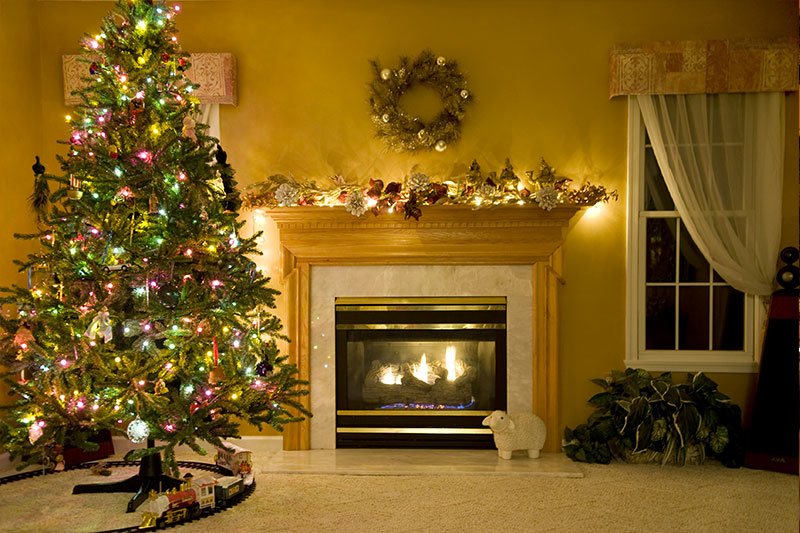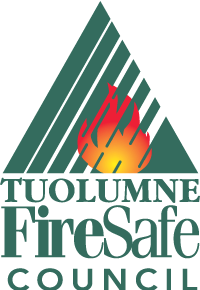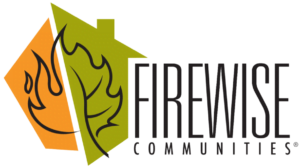Holiday Safety Tips

The Consumer Product Safety Commission (CPSC) estimates that during last year’s holiday season there were over 14,000 Emergency Room visits resulting from holiday related decorating injuries. Fires involving Christmas trees and candles were 100 for Christmas trees and 1,200 for candles, according to the CPSC.
The CPSC offers the following holiday safety tips.
Trees and Decorations:
- When buying a live Christmas tree check for freshness. A fresh tree is green, its needles are hard to pull from branches, and needles do not break when bent between your fingers. The bottom of a fresh tree is sticky with resin, and when tapped on the ground, the tree should not lose many needles.
- When setting up the tree at home, place it away from heat sources, such as fireplaces, vents, and radiators. Heated rooms rapidly dry out live trees. Be sure to monitor water levels daily and keep the tree stand filled with water. Place the tree out of the way of foot traffic, and do not block doorways with the tree.
- When buying an artificial tree, look for the “fire resistant” label. Although the label does not mean the tree won’t catch fire, the tree is more resistant to catching fire.
- If decorating a tree in a home with small children, avoid sharp or breakable decorations. Keep decorations with small, removable parts out of the reach of small children who could swallow or inhale them. Avoid tree trimmings that look like food or candy which may tempt a child to try to eat them.
Candles:
- Keep burning candles within sight and extinguish all candles before leaving the room.
- Keep candles on a stable, heat resistant surface where children and pets cannot reach them or knock them over. Place lit candles away from items that can catch fire, such as Christmas trees, decorations, curtains, and furniture.
Holiday Lights:
- Only use lights tested for safety by a nationally recognized testing laboratory. Lights for both indoor and outdoor usage must meet strict standards that testing laboratories are able to verify.
- Check each set of lights, new or old, for broken or cracked sockets, frayed or bare wires, or loose connections. Throw out damaged light sets. Do not use electric lights on metallic trees.
- Check each extension cord to make sure it is rated for the intended use and is in good condition. Do not use cords with cuts or signs of fraying.
- Check outdoor lights for labels showing the lights have been certified for outdoor use and only plug them into a ground-fault-circuit interrupter-protected (GFCI) receptacle or a portable GFCI.
Fireplaces:
- Use care with “fire salts” which produce colored flames when thrown onto wood fires. Fire salts contain heavy metals that can cause intense gastrointestinal irritation and vomiting if swallowed. Keep away from children.
- Do not burn wrapping paper in the fireplace. A flash fire may result because wrapping paper can ignite suddenly and burn intensely.

